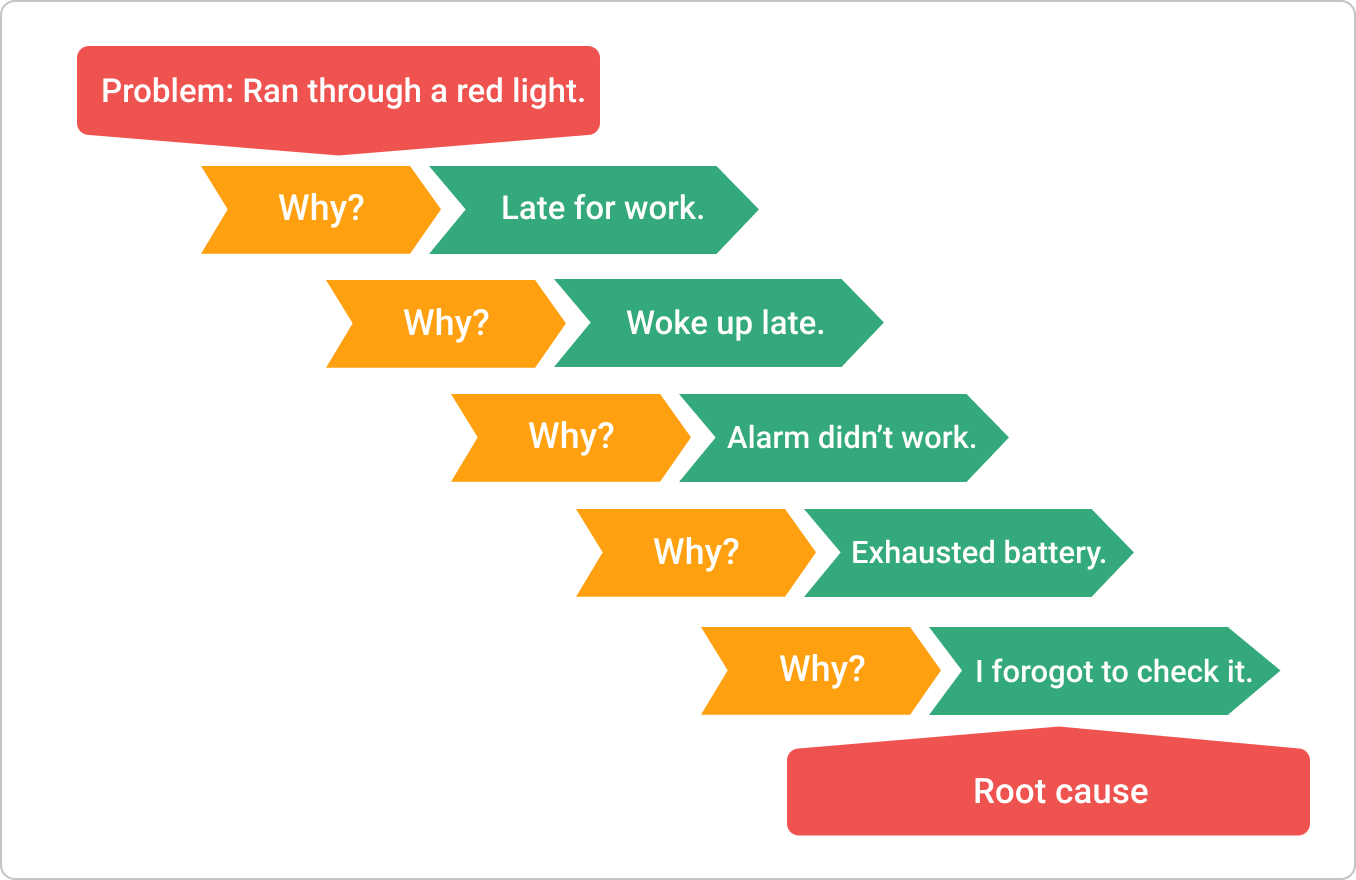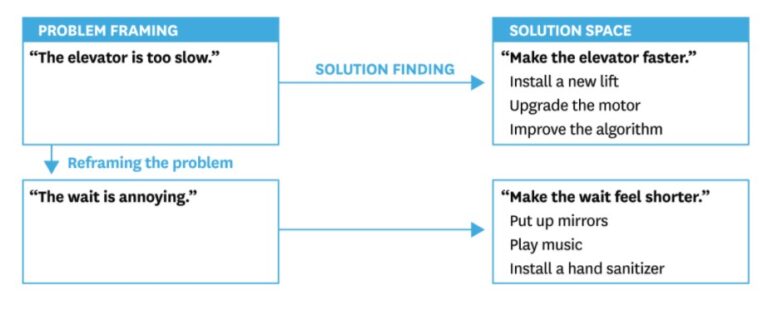What is an FMEA?
Also called: potential failure modes and effects analysis; failure modes, effects, and criticality analysis (FMECA)
- "Failure modes" means the ways, or modes, in which something might fail. Failures are any errors or defects, especially ones that affect the customer and can be potential or actual.
- "Effects analysis" refers to studying the consequences of those failures.
When to Use FMEA?
- When a process, product, or service is being designed or redesigned, after deployment.
- When an existing process, product, or service is being applied in a new way.
- Before developing control plans for a new or modified process.
- When improvement goals are planned for an existing process, product, or service.
- When analyzing failures of an existing process, product, or service.
- Periodically throughout the life of the process, product, or service.
Process
- Assemble a cross-functional team of people with diverse knowledge about the process, product or service, and customer needs.
- Identify the scope of the FMEA.
- "Is it for the concept, system, design, process, or service?"
- "What are the boundaries?"
- "How detailed should we be?"
- Use flowcharts to identify the scope and to make sure everybody understands it in detail.
- Fill in the identifying information at the top of your FMEA form.
- The remaining steps ask for information that will go into the columns of the form.
- Identify the functions of your scope. Ask:
- "What is the purpose of this system, design, process, or service?"
- "What do our customers expect it to do?"
- Name it with a verb followed by a noun. Usually, one will break the scope into separate subsystems, items, parts, assemblies, or process steps and identify the function of each.
- For each function, identify all the ways failure could happen.
- These are potential failure modes. If necessary, go back and rewrite the function with more detail to be sure the failure modes show a loss of that function.
- For each failure mode, identify all the consequences on the system, related systems, process, related processes, product, service, customer, or regulations.
- These are potential effects of failure. Ask,
- "What does the customer experience because of this failure?"
- "What happens when this failure occurs?"
- Determine how serious each effect is.
- This is the severity rating or S. Severity is usually rated on a scale from 1 to 10, where 1 is insignificant and 10 is catastrophic.
- If a failure mode has more than one effect, write on the FMEA table only the highest severity rating for that failure mode.
- For each failure mode, determine all the potential root causes.
- Use tools classified as cause analysis tools, as well as the best knowledge and experience of the team.
- List all possible causes for each failure mode on the FMEA form.
- For each cause, determine the occurrence rating, or O.
- This rating estimates the probability of failure occurring for that reason during the lifetime of your scope.
- Occurrence is usually rated on a scale from 1 to 10, where 1 is extremely unlikely and 10 is inevitable.
- On the FMEA table, list the occurrence rating for each cause.
- For each cause, identify current process controls.
- These are tests, procedures, or mechanisms that you now have in place to keep failures from reaching the customer.
- These controls might prevent the cause from happening, reduce the likelihood that it will happen, or detect failure after the cause has already happened but before the customer is affected.
- For each control, determine the detection rating, or D.
- This rating estimates how well the controls can detect either the cause or its failure mode after they have happened but before the customer is affected.
- Detection is usually rated on a scale from 1 to 10, where 1 means the control is absolutely certain to detect the problem and 10 means the control is certain not to detect the problem (or no control exists).
- On the FMEA table, list the detection rating for each cause.
- Optional for most industries: Ask
- "Is this failure mode associated with a critical characteristic?" (Critical characteristics are measurements or indicators that reflect safety or compliance with government regulations and need special controls.)
- If so, a column labeled "Classification" receives a Y or N to show whether special controls are needed. Usually, critical characteristics have a severity of 9 or 10 and occurrence and detection ratings above 3.
- Calculate the risk priority number, or RPN, which equals S × O × D.
- Also calculate Criticality by multiplying severity by occurrence, S × O.
- These numbers provide guidance for ranking potential failures in the order they should be addressed.
- Identify recommended actions.
- These actions may be design or process changes to lower severity or occurrence.
- They may be additional controls to improve detection.
- Note who is responsible for the actions and target completion dates.
- As actions are completed, note the results and the date on the FMEA form.
- Note new S, O, or D ratings and new RPNs.
Notes
- This is a general procedure.
- Specific details may vary with the standards of your organization or industry.
- Before undertaking an FMEA process, learn more about standards and specific methods in your organization and industry through other references and training.


.png)

.png)